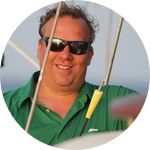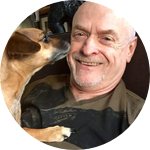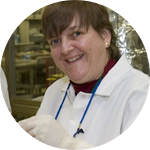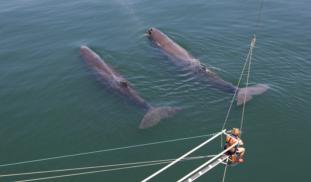Please wait...
About This Project
Metal pollution in the ocean is a worldwide concern. We study the impact of metals, such as mercury, chromium and lead, on whales. Metals can accumulate in whale tissues, but its poorly understood how these metal levels change over time. In 2000, we analyzed metal levels in whales from the Sea of Cortez. Now, 16 years later we plan to return to the Sea of Cortez to measure how whale metal levels have changed. These data will help in the conservation and protection of these important animals.
More Lab Notes From This Project

Browse Other Projects on Experiment
Related Projects
How do polar bears stay healthy on the world's worst diet?
Polar bears survive almost entirely on seal fat. Yet unlike humans who eat high-fat diets, polar bears never...
Uncovering hidden insect diversity associated with a likely undescribed gall-forming midge
Does a likely undescribed species of gall-forming midge (pers. comm. Ray Gagné) on Eriodictyon plants (Yerba...
Macrofungi of the California archipelago
The eight islands of the California Archipelago are a well-studied biodiversity hotspot — but we know almost...





